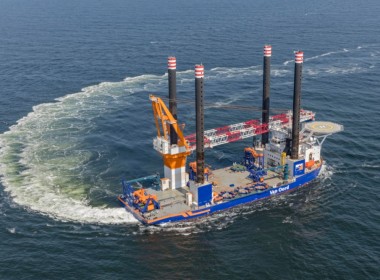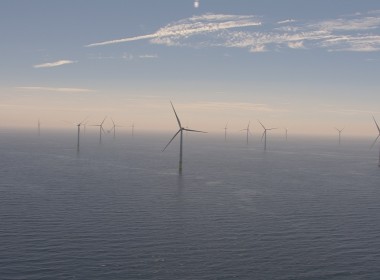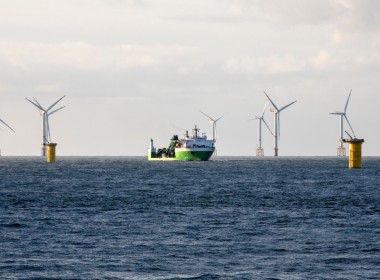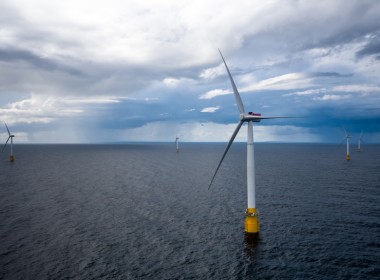EDITORIAL | Wind farm boom is unlikely to last
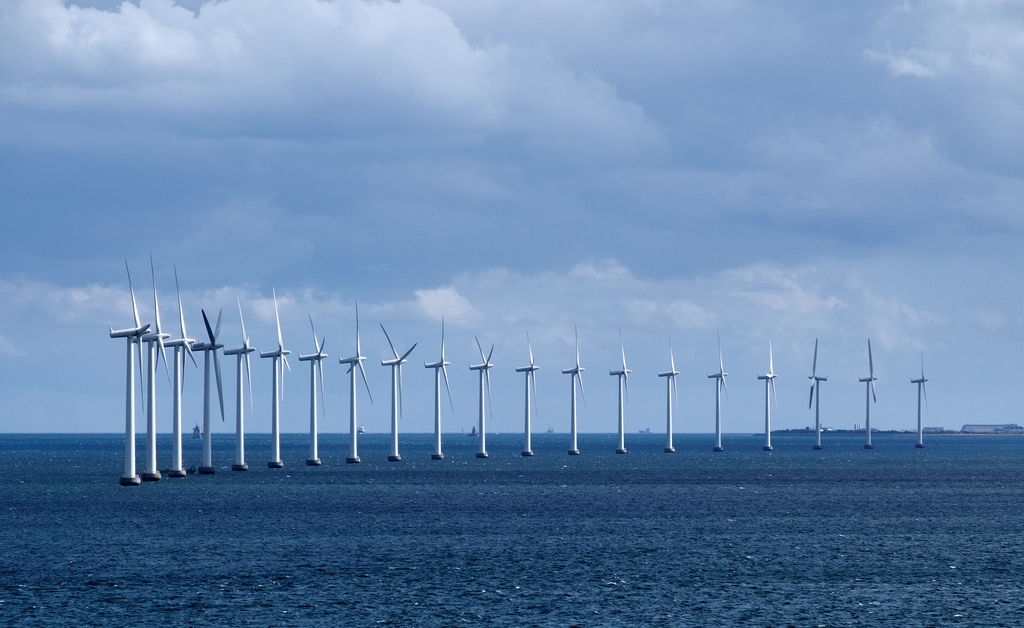
Regular readers will be aware that I have been sceptical for some time about the longevity of the still-current boom in wind farm developments, most particularly with respect to the more expensive offshore wind farms.
The simple economic fact is that heavily subsidised industries of any kind have a very limited future once the subsidy tap is turned off. If ever there was a heavily subsidised industry, it has to be the offshore wind farm sector.
The sector has expanded rapidly in Scandinavia, North-West Europe and parts of the United States. That expansion has largely been driven by subsidies or other forms of “anti-market” government support.
That expansion has led to massive investment, over-investment I suggest, in vessels built to service the sector. Unless the many, often heavily geared, owners of such vessels are unusually nimble, I suspect we are facing another massive crash such as the oil and gas OSV market has endured over the last few years.
Wind farm OSVs have become significantly larger, more complex and, of course, considerably more expensive of late. Many are very impressive vessels but that won’t save their over-extended owners from the inevitable financial reckoning that may not be long in coming. If I were invested in the wind farm OSV sector, I would be evacuating as soon as possible.
Economically rational governments, and even some irrational ones, are starting to realise that subsidising renewable energy can lead to massive and very expensive distortions to their economies. “Clean and green” comes with considerable costs of both the monetary and reliability kinds. Eventually taxpayers, particularly business taxpayers, become tired of those costs and cry “enough”. They are doing that right now in many countries including my own, Australia.
No one can rationally argue against a desire for a cleaner, healthier environment. However, such desires must be balanced against economic and standard of living realities. The “rent seekers” in the renewables industry more widely are wearing out the political welcome mat in many countries where their propaganda has very successfully run rampant for the last decade or so. Unreliable, high-cost energy is starting to lose its attractiveness no matter what its clean green credentials are.
“The man in the street has awakened to the real cost and reliability disadvantages of renewables”
I was reminded of this economic reality by an excellent article in The Weekend Australian of September 1 by that newspaper’s Contributing Economics Editor, the almost always prescient Judith Sloan. Her article was headed, “The Beginning of the end for Subsidised Renewables”. More importantly, it was sub-headed “Investment in renewable energy worldwide may have peaked and is trending down.”
Dr Sloan mentioned the phasing out of the US Government’s production tax credit scheme that has cost American taxpayers dearly – and simultaneously benefitted its renewable energy operators – to the tune of US$14 billion over the past four years. She mentioned the shelving of the plan to build the largest wind farm in the United States in Oklahoma because its business plan was impossible to achieve without tax credits.
Also, as Dr Sloan highlighted, the Canadian failure to achieve emission reduction targets is leading to the cancellation and abandonment of a number of wind farm projects. German wind turbine subsidies, too, are due to expire in 2020. Ironically, that may result in ongoing work in removing older turbines.
The lack of reliability of renewable energy, most particularly wind, combined with its excessive subsidy-free real cost is making governments return to their cost/benefit analyses. They are learning to their political cost that all taxpayers, both private and commercial, want reliable and low cost energy. The man in the street has awakened to the real cost and reliability disadvantages of renewables. While he wants a cleaner environment, he is not prepared to wear all of those disadvantages.
Just as the move to renewable energy became a global wave that begat a boom, the return to renewable reality will presage the inevitable resultant bust.
As night follows day, the wind farm OSV sector bust will lead to massive disruption. Only the very strongest and least indebted companies in the sector will survive the inevitable shake out. As we learnt not that long ago in the oil and gas OSV sector, the outcome will not be pretty.
While many of the wind farm OSVs are impressive vessels, most are quite specialised and are probably a bit small to be used in the oil and gas OSV sector when it eventually recovers. They may, however, be adaptable to pilot, rescue, patrol, tourist and general workboat roles. Many are constructed of aluminium and that, too, will probably make them more marketable than were their larger steel equivalents from the oil and gas sector. That may lessen the effects of the market collapse to some degree.


